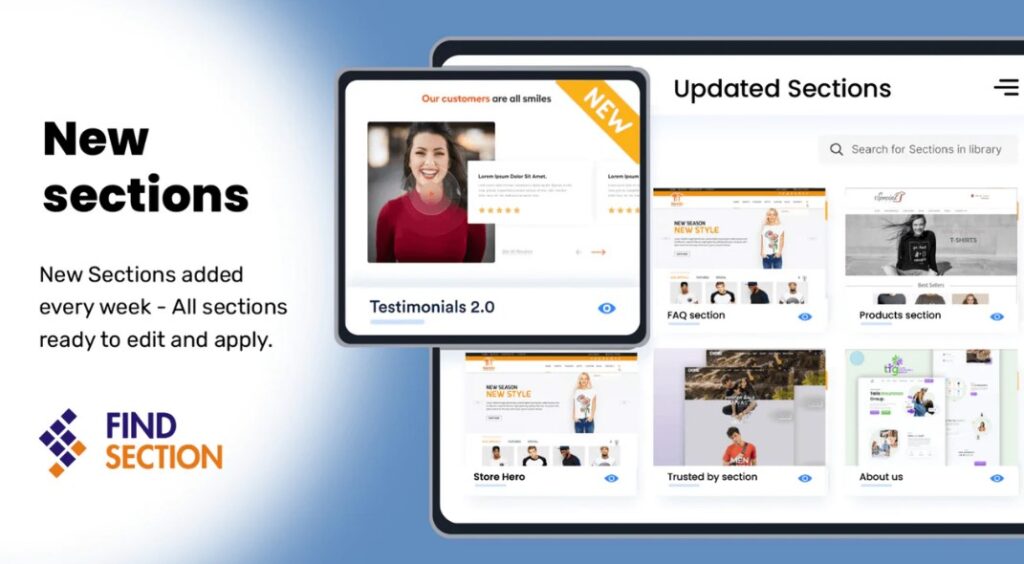I. Introduction to ISO 13485 Internal Auditor Training
A. Understanding ISO 13485
ISO 13485 is a critical standard for medical device quality management systems, focusing on enhancing product safety and effectiveness. This section introduces its key principles and the crucial role of internal auditing in maintaining compliance. By emphasizing rigorous quality control and consistent practices, ISO 13485 internal auditor training sets the foundation for successful implementation. This training bridges the gap between theoretical knowledge and practical application, providing auditors with the tools needed to navigate the complexities of the medical device industry confidently.
B. Importance of Internal Auditing
Internal auditing is essential for ensuring that organizations adhere to ISO 13485 internal auditor training standards and continually improve their processes. Effective audits offer valuable insights into operational performance and help uphold high-quality standards. This section explores how internal audits drive continuous improvement and support regulatory compliance. Skilled auditors are vital for identifying non-conformities, implementing corrective actions, and fostering a culture of excellence. Internal auditing not only helps maintain product safety but also reinforces the organization’s commitment to delivering high-quality medical devices.
II. Core Components of ISO 13485 Internal Auditor Training
A. Audit Planning and Preparation
Proper audit planning is crucial for conducting effective internal audits. This section covers the steps required to prepare an audit plan, including defining the scope, objectives, and necessary resources. Thorough preparation ensures that the audit process is focused and comprehensive. It involves developing detailed checklists and gathering pertinent documentation. A well-prepared audit plan is instrumental in aligning objectives with ISO 13485 requirements and organizational goals, setting the stage for a successful and impactful audit.
B. Conducting the Audit
Executing the audit according to the established plan is key to achieving accurate and meaningful results. This section focuses on techniques for conducting interviews, reviewing documents, and observing processes to assess compliance. Effective auditing requires systematic data collection and analysis to uncover gaps. Auditors must adhere to ISO 13485 guidelines while maintaining objectivity. Precision in conducting the audit ensures that all aspects of the quality management system are evaluated thoroughly, leading to actionable findings and recommendations that drive improvement.
III. Advanced Auditing Techniques
A. Risk-Based Auditing
Risk-based auditing involves focusing on high-risk areas within the quality management system to enhance audit efficiency. ISO 13485 internal auditor training explores methods for assessing and prioritizing risks based on their potential impact. Risk-based approaches target critical areas that affect product safety and compliance, leading to more effective audits. Implementing these techniques helps organizations address potential issues proactively, improving overall quality management and regulatory adherence while preventing problems before they escalate.
B. Root Cause Analysis
Root cause analysis is essential for resolving non-conformities discovered during audits. This section explains techniques for identifying the underlying causes of issues and implementing effective corrective actions. Proper root cause analysis prevents recurrence of problems and drives continuous improvement. It involves analyzing data, identifying trends, and developing solutions to address the root causes comprehensively. Mastering these techniques ensures that corrective actions are not only effective but also sustainable, leading to long-term improvements in quality management.

IV. Enhancing Audit Reporting
A. Effective Reporting Techniques
Clear and concise reporting is vital for communicating audit findings and recommendations. ISO 13485 internal auditor training covers best practices for structuring audit reports, presenting findings, and making actionable recommendations. Effective reporting ensures that results are understandable and useful for stakeholders. It involves summarizing key findings, providing supporting evidence, and suggesting improvements. High-quality reports facilitate informed decision-making and drive positive changes within the organization’s quality management system, ensuring that audit outcomes lead to meaningful improvements.
B. Handling Audit Findings
Addressing audit findings involves implementing corrective actions and monitoring their effectiveness to ensure resolution. ISO 13485 internal auditor training explores strategies for managing non-conformities and ensuring timely resolution through collaboration and follow-up. Handling findings effectively requires tracking improvements and reassessing risks to verify that corrective actions are completed successfully. Proper management of audit findings enhances the organization’s ability to maintain compliance and continually improve overall quality performance, reinforcing a commitment to excellence and regulatory adherence.
V. Implementing Continuous Improvement
A. Feedback and Follow-Up
Collecting feedback and conducting follow-up activities are crucial for driving continuous improvement within the organization. ISO 13485 internal auditor training discusses methods for gathering feedback from audit participants and stakeholders to refine processes. Follow-up activities ensure that corrective actions are effective and that improvements are sustained over time. Regular feedback helps identify areas for further enhancement and reinforces a culture of continuous improvement. Implementing these practices supports ongoing progress and strengthens the organization’s dedication to maintaining high standards of quality.
B. Integrating Lessons Learned
Incorporating lessons learned from audits into organizational practices is key to achieving long-term success. ISO 13485 internal auditor training explains how to apply insights gained from audits to enhance processes and procedures. Integration of lessons learned supports the development of best practices and drives ongoing improvement. It involves updating policies, refining procedures, and sharing knowledge across the organization. Leveraging lessons learned helps organizations stay ahead of regulatory changes and industry trends, ensuring that they continually evolve and improve their quality management systems.
VI. Benefits of Advanced Internal Auditor Training
A. Improved Compliance and Quality
Advanced internal auditor training enhances auditors’ skills, leading to better compliance with ISO 13485 internal auditor training and improved quality management practices. This section highlights how specialized training contributes to more effective audits and higher standards of quality. Skilled auditors are adept at identifying and addressing compliance gaps efficiently, ensuring that the organization meets regulatory requirements and delivers high-quality products. Enhanced compliance and quality drive organizational success and support long-term sustainability, reflecting the value of investing in advanced training.
B. Enhanced Professional Development
Advanced ISO 13485 internal auditor training for internal auditors supports career growth and professional development by equipping individuals with specialized skills. This section explores how such training enhances career prospects and professional expertise in auditing. Gaining advanced knowledge and skills opens up opportunities for career advancement and leadership roles within the organization. It also demonstrates a commitment to excellence and continuous learning, enhancing the auditor’s value within the organization and the broader industry, ultimately contributing to their career trajectory and success.
VII. Future Trends in Auditing
A. Technological Advancements
Emerging technologies are shaping the future of internal auditing, introducing new tools and techniques. This section explores how innovations such as data analytics, artificial intelligence, and automation impact ISO 13485 internal auditor training practices. Technology enhances audit efficiency and accuracy by providing advanced tools for data analysis and process monitoring. Staying informed about technological advancements helps auditors leverage these tools for improved performance and compliance, driving innovation and supporting the evolution of auditing practices in the medical device industry.
B. Evolving Regulatory Requirements
Staying updated with evolving regulatory requirements is crucial for maintaining compliance and adapting auditing practices. This section discusses how changes in regulations affect ISO 13485 and auditing approaches. Understanding new requirements helps auditors adapt their strategies and ensure continued compliance. Keeping abreast of regulatory changes supports proactive management and prepares auditors for future challenges. Adapting to evolving requirements ensures that the organization remains compliant and competitive, positioning it effectively in the dynamic landscape of medical device regulation.
VIII. Conclusion and Next Steps
A. Recap of Key Learnings
Summarizing the key takeaways from ISO 13485 internal auditor training reinforces the importance of advanced skills and knowledge. This section highlights the benefits of training in improving auditing practices and enhancing compliance with ISO 13485. Recapping the main points consolidates learning and underscores the value of investing in advanced training. It motivates auditors to apply their skills effectively and drive continuous improvement within their organizations, ensuring that the training leads to tangible benefits and enhanced performance.
B. Pathways for Continued Growth
Encouraging auditors to pursue further education and professional development opportunities supports ongoing career growth and expertise. This section outlines options for advancing skills and staying updated with industry trends, such as additional certifications and training programs. Continuous learning is essential for maintaining effectiveness and relevance in the evolving field of auditing. Exploring pathways for continued growth helps auditors stay current with industry developments and adapt to changing requirements, contributing to long-term success and professional advancement.




